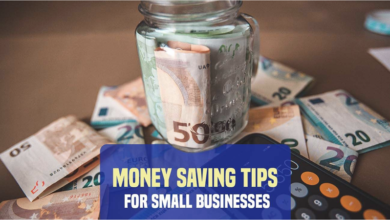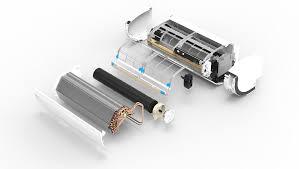How to select the best flexible packaging material for your needs?

Flexible packaging has revolutionized the food and beverage industry. It is a type of packaging that can be easily deformed or molded into different shapes. Flexible packaging materials are made up of a variety of materials, including paper, film, and foil. They are designed to be used in a variety of packaging applications, such as food, beverage, and pharmaceutical packaging. It is also often used for non-food items, such as cosmetics, cleaning products, and office supplies.
The production of flexible packaging involves many steps like extrusion, cooling, rollers, calendering, printing, lamination, and cutting. The first step in the production of flexible packaging materials is the extrusion of the polymer. This step involves melting the polymer and then extruding it through a die. The die is typically made of stainless steel and has the desired shape that will be used to create the final packaging material.
Once the polymer has been extruded, it is cooled and then passed through a series of rollers. These rollers are used to create the desired thickness of the flexible packaging material. The thickness of the flexible packaging material is determined by the application for which it will be used. After the desired thickness has been achieved, the material is then passed through a series of calendering rollers. These rollers smooth out the surface of the material and prepare it for the next step in the process.
The next step is the printing of the material. This step can be done using a variety of methods, depending on the desired final product. After the printing process is complete, the flexible packaging material is then laminated. Lamination of flexible packaging is done to protect the printed image on the material and to provide a barrier against moisture and other elements.
After the laminate has been applied, the flexible packaging material is then cut to the desired size and shape. This step is typically done using a die cutter. The final step in the process of flexible packaging involves the packaging of the finished product. The production of material can be done by hand or by machine. Hand production is used for small runs of packaging. Machine production is used for larger runs of packaging. Flexible packaging is often used for food products such as snacks, coffee, and dried goods. It is also well-suited for liquids, such as juices, soups, and sauces.
Flexible packaging has a range of advantages over other types of packaging, such as cardboard or glass. The benefits of flexible packaging material are numerous. Flexible packaging is also generally more environmentally friendly than other types of packaging. It is made from a range of recyclable materials, such as paper and plastic, and can be reused or recycled more easily than other types of packaging. It is also generally thinner than other types of packaging, meaning that less material is used, and less energy is required to produce it. This makes it a more sustainable option overall.
Another advantage of flexible packaging is that it can be designed to meet the specific needs of a product. Additionally, flexible packaging material can be designed to be tamper-resistant, which can help to ensure the safety of a product. It is also often lighter than other types of packaging, which can lead to lower shipping costs. Additionally, it can be easier to store and transport flexible packaging, as it takes up less space. Overall, flexible packaging has many advantages over other types of packaging. It is more sustainable, can be easier to store and transport, and can be designed to meet the specific needs of a product.




